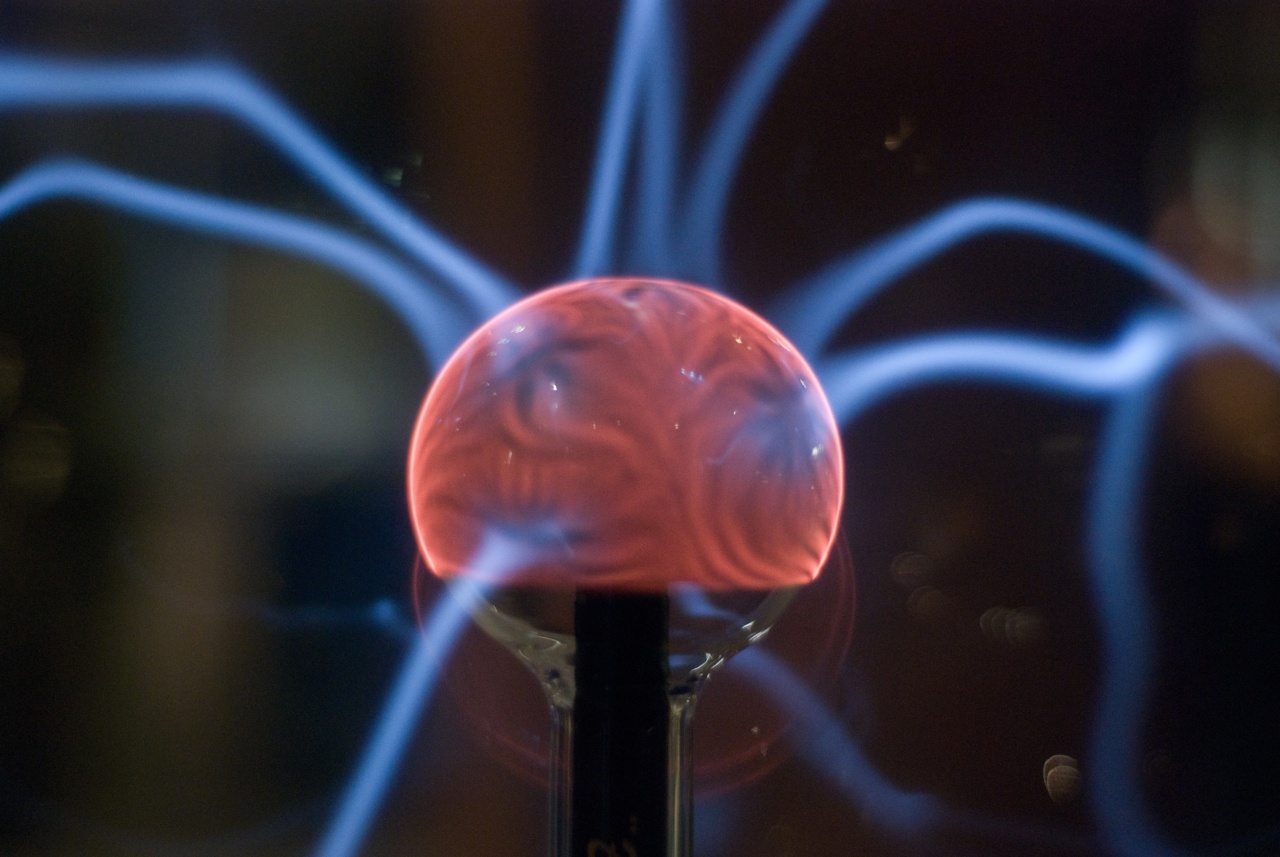For centuries, people have been convinced that there is a connection between weather conditions and joint pain. It seems that this belief is so widespread that many people swear by their ability to predict the weather just by the way their joints feel.
The idea that weather affects joint pain has been around for a long time, but the truth is that there is no scientific evidence to support it.
In this article, we will look at what science has to say about the matter and put this myth to rest once and for all.
What is Joint Pain?
Joint pain can range from mild to severe and can be felt in various parts of the body, including the knees, hips, back, shoulders, and hands. It can be caused by injury, overuse, or a medical condition such as arthritis.
A joint is a point where two or more bones come together, allowing movement. Pain can occur in the joints when there is inflammation, damage, or wear and tear.
The Belief:
The idea that weather affects joint pain has been around for centuries. It is believed that changes in temperature, humidity, and atmospheric pressure can cause joint pain or make existing pain worse.
Many people claim that they can predict changes in the weather based on how their joints feel. They may report feeling more pain or stiffness when it is cold or damp outside.
The Research:
Despite the widespread belief that weather affects joint pain, there is no scientific evidence to prove it.
Numerous studies have been conducted over the years, and the results consistently show that there is no significant connection between weather and joint pain.
One study published in the Journal of Rheumatology found that there was no difference in joint pain or stiffness between participants on rainy days and those on dry days.
Another study published in the journal Pain Medicine found that changes in temperature, humidity, and atmospheric pressure do not affect joint pain in people with osteoarthritis.
Why the Belief Persists:
Despite the lack of evidence, the belief that weather affects joint pain persists. There are several reasons why this may be the case.
First, people may be experiencing a placebo effect. This means that they believe something will happen, and their mind convinces their body that it is happening.
In the case of joint pain and weather, people may believe that changes in the weather cause pain, and their mind convinces them that this is true.
Second, people may be experiencing a recall bias. This means that they remember times when their joint pain correlated with changes in the weather and forget or dismiss times when it did not.
This can lead to a skewed perception of the frequency of the correlation.
Finally, people may be experiencing confirmation bias. This means that they seek out information that confirms their belief and ignore or dismiss information that contradicts it.
This can create a self-fulfilling prophecy and further reinforce the belief.
Conclusion:
Despite the widespread belief that weather affects joint pain, there is no scientific evidence to support it. Multiple studies have found no significant connection between weather conditions and joint pain.
It is likely that the belief persists due to the placebo effect, recall bias, and confirmation bias. If you experience joint pain, it is essential to consult a healthcare professional for an accurate diagnosis and treatment plan.






























